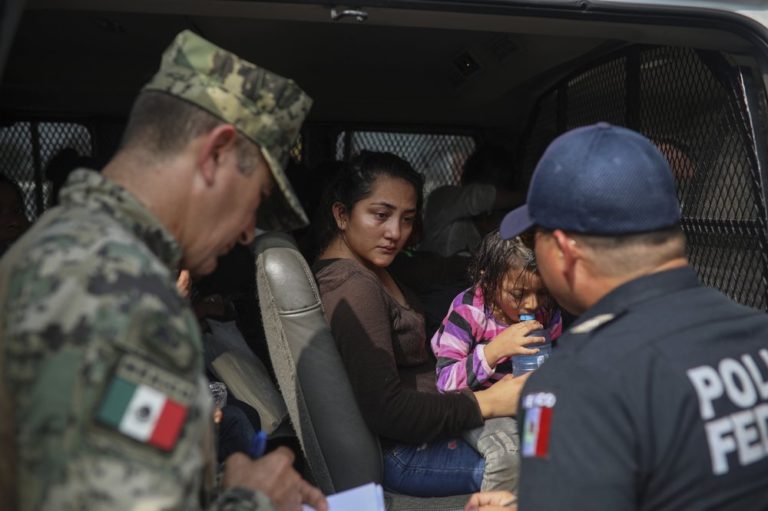
The heavy-set man swept through a curtain into the reserved area of a nightclub as his bodyguard stood nearby. In the darkness, he agreed to talk about his business: handling the income from smuggling migrants across a 375-mile stretch of the U.S.-Mexico border.
“We control all the territory” along the frontier with Arizona, said the cartel money man, who asked to be identified only as Manuel. He spoke in the calm tones of a businessman discussing financial strategy rather than someone operating outside the law.
His organization, though he didn’t name it explicitly: the Sinaloa cartel.









